 So I’ve been in a whirlwind of supporting my oldest through prom and graduation, all the paperwork and decisions involved with sending her off to college, and trying to get the house ready for guests at the end of this month, dealing with the messes and broken stuff I’ve been ignoring for too long. There are no good chunks of time for writing and I have decided it’s best to let it rest for now.
So I’ve been in a whirlwind of supporting my oldest through prom and graduation, all the paperwork and decisions involved with sending her off to college, and trying to get the house ready for guests at the end of this month, dealing with the messes and broken stuff I’ve been ignoring for too long. There are no good chunks of time for writing and I have decided it’s best to let it rest for now.
Although I’ve heard some writers—always women, interestingly—say they can be productive in 10-15 minute slots, I’ve never been able to be creative in less than an hour. It usually takes me about 10-15 minutes to get into the flow. Once there, I can work for about 2-3 hours, though I rarely get that luxury. The few times I’ve been able to do productive “quickies” were when I had more time for writing in general and was in such a good flow state that ideas were coming to me all day long.
I googled around a little to see what was out there about scheduling and creativity. I found a lot of evidence that creative people generally do need decent chunks of time in which to work. I liked this article “Maker’s Schedule, Manager’s Schedule” by Paul Graham He writes “I find one meeting can sometimes affect a whole day. A meeting commonly blows at least half a day, by breaking up a morning or afternoon. But in addition there’s sometimes a cascading effect. If I know the afternoon is going to be broken up, I’m slightly less likely to start something ambitious in the morning.” My muse is not so demanding as to expect a clear half or a full day, but the principle is the same.
This article by James Clear on “The Myth of Creative Inspiration” cites examples of famous writers who scheduled regular free chunks of creative time, often early in the morning or late at night.
My family duties and need for 6-7 hours of sleep don’t allow me to do quite the same things, but once this rush is past I’m going to look for more ways to create time and space for writing.
“How to Schedule Your Day for Peak Creative Performance” by Amber Rae had some interesting ideas, such as batching up “Hate you but have to do you” tasks into one morning. I’m making a note to myself to reread this in July.
For now, I’m just trying to keep myself sane. One thing that helps is working on creative tasks that I can do in short stretches, because they don’t demand the same level of concentration as writing, like finishing the dragonfly suncatcher in this picture.
How about you? How do you work best? Have you found creative ways to create more creative time in your life?
Elena
www.elenagreene.com


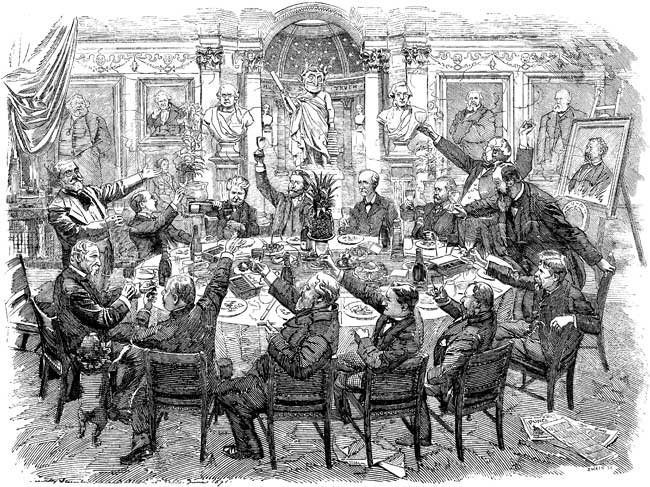
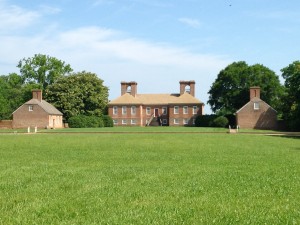
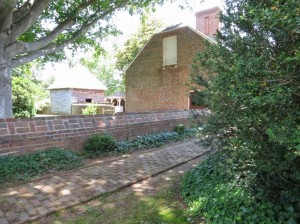
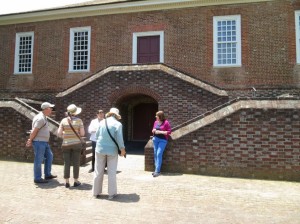


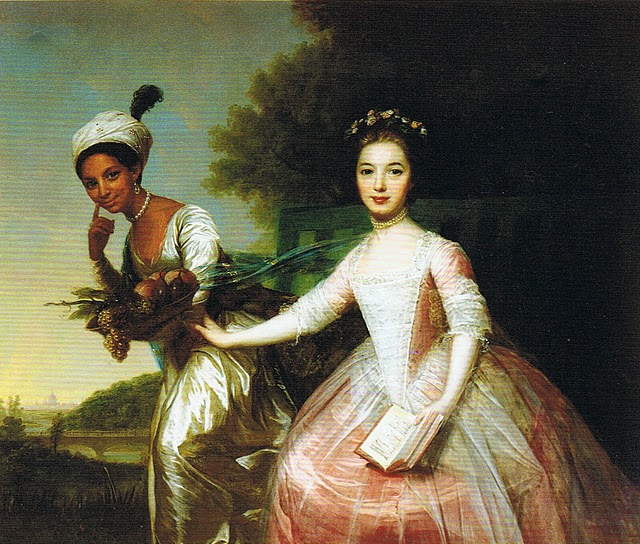
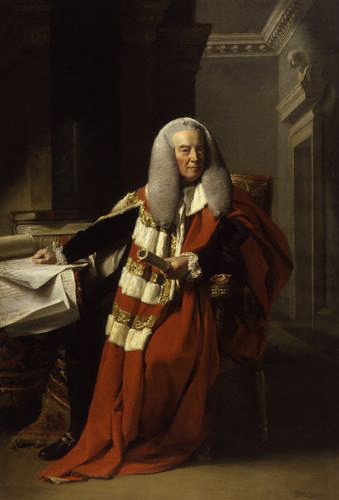
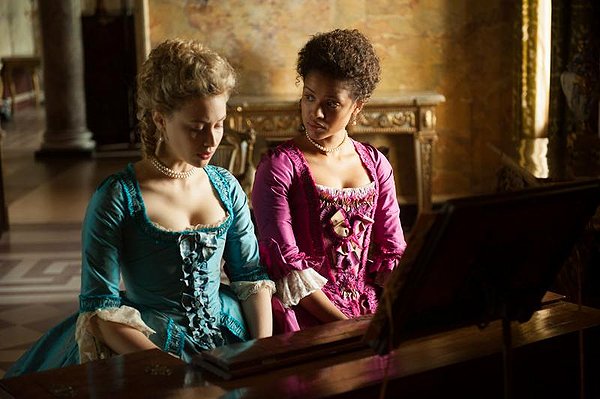 In the movie, the extreme complications of social status and jockeying for position are illustrated in dozens of nicely nuanced ways. Belle’s life is defined by both her birth into a noble family, and the color of her skin. She is made an heiress, while her cousin Elizabeth is dowerless. Belle is illegitimate, but her father loved and claimed her. Elizabeth’s birth was legitimate, but her father has abandoned her. Which elements trump which? Even the young women, raised as sisters, argue about it –but only in the privacy of their chamber, of course.
In the movie, the extreme complications of social status and jockeying for position are illustrated in dozens of nicely nuanced ways. Belle’s life is defined by both her birth into a noble family, and the color of her skin. She is made an heiress, while her cousin Elizabeth is dowerless. Belle is illegitimate, but her father loved and claimed her. Elizabeth’s birth was legitimate, but her father has abandoned her. Which elements trump which? Even the young women, raised as sisters, argue about it –but only in the privacy of their chamber, of course.